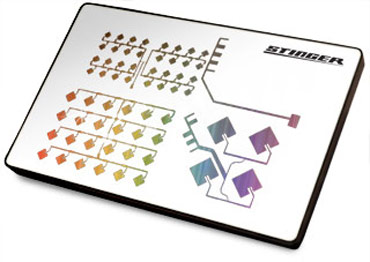
Stinger antennae see radar in HD images. Radar antennae in military use may do so too, but normal antennae do not.
Why, then, do we go to the effort of using such high-tech industrial products? Granted, we enjoy developing components that are “as good as possible”, but that’s not the main reason. What really motivates us is user experience. To illustrate this, here are the displays from two radar spectrum analyses.
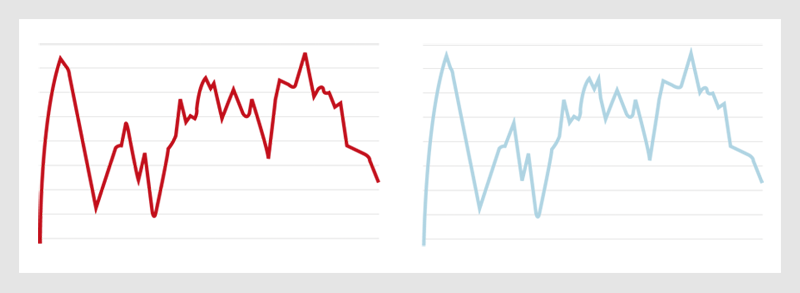
Two close-ups of a spectrum analysis. They’re the same, right?
For most antennae, they are the same, because:
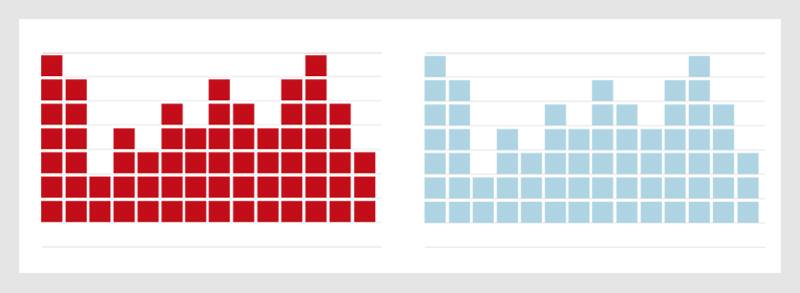
Most antennae can only provide coarse resolution.
Thus, they treat the two signals in the same way. But the devil is in the detail. This is what your Stinger sees:
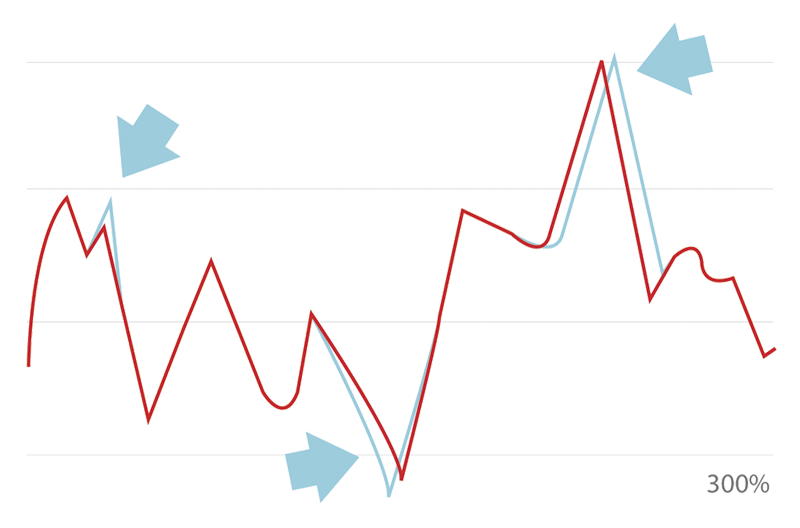
Further enlarged: They’re not the same!
Your Stinger’s precise evaluation of the radar signal results in a difference as visible as night and day. The difference between a real traffic radar and a false alarm. The difference between trusting your “co-pilot” and being annoyed by it. By a radar signal that isn’t a traffic radar, for example - a false alarm. Suppose a product has a function which allows it to store these alarms as “false alarms”. Most devices do not have such a function (Stinger does, however: FalseList). What happens, then, when the radar signal looks very similar to the “false alarm” saved in the memory? Correct, there is no alarm. But it goes even further. Only really precise antennae like the Stinger antenna can quickly and securely detect modern, “low power” radar devices. Most other antennae don’t even come close.
This is why we use high-tech components and make phased array patch antennae. To ensure precision and, ultimately, reliability.
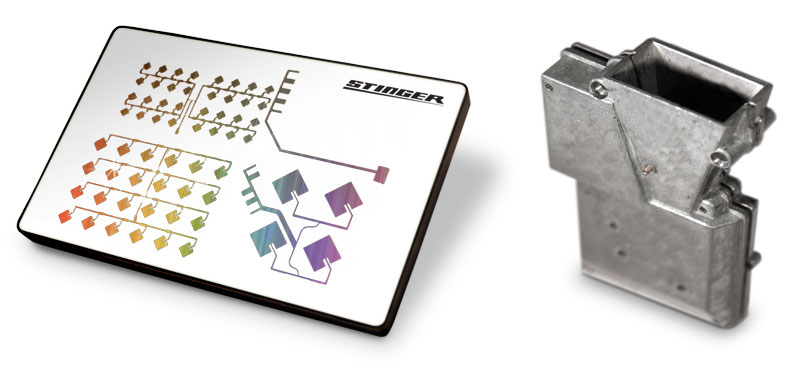
The Stinger HD antenna next to a conventional horn antenna. It is easy to see which is more precise.


